
Day Trip Guide to Mount Fuji from Tokyo
Mount Fuji, Japan’s tallest and most iconic peak, is a popular day-trip destination from Tokyo. With its perfect volcanic symmetry, scenic trails, and cultural significance, Mount Fuji is a must-see for anyone visiting Japan. Whether you want to hike, sightsee, or simply soak in the surrounding natural beauty, there are several ways to experience this incredible landmark in a single day from Tokyo. This guide will provide essential information for planning a rewarding day trip to Mount Fuji, including transportation options, top viewpoints, activities, and tips for making the most of your visit.
Contents
2. Getting to Mount Fuji from Tokyo
3. Top Viewpoints and Sightseeing Spots
1. Overview of Mount Fuji
Rising 3,776 meters above sea level, Mount Fuji is the highest mountain in Japan and one of the country’s most cherished symbols. This dormant volcano, located on Honshu Island, has a symmetrical cone that has been admired in Japanese art, literature, and culture for centuries. The mountain is considered sacred, with shrines and temples dedicated to Fuji worship located around its base. While climbing Mount Fuji is typically done during the summer months, a day trip allows you to experience its beauty from nearby viewing spots and attractions year-round.
2. Getting to Mount Fuji from Tokyo
Reaching Mount Fuji from Tokyo is relatively straightforward, with several options depending on your budget, time, and preferred activities:
Train
The JR Chuo Line from Shinjuku Station to Otsuki Station offers a convenient way to reach the Fuji area. At Otsuki Station, transfer to the Fujikyu Railway, which takes you directly to Kawaguchiko Station near Lake Kawaguchi. This route is popular for those looking to explore the Fuji Five Lakes region and offers a scenic train ride through the countryside.
Highway Bus
Direct highway buses from Shinjuku and Tokyo Station are an affordable and comfortable option. Buses typically take about two hours to reach Kawaguchiko Station and run frequently throughout the day. The highway bus is ideal for travelers who prefer a simple, direct route without transfers.
Private Tours and Rentals
For a more flexible day, consider booking a private tour or renting a car. Guided tours often include stops at popular spots like the Chureito Pagoda and Oshino Hakkai, making them a hassle-free way to experience the highlights of Mount Fuji. Renting a car offers the freedom to create your own itinerary, with easy access to nearby lakes, parks, and viewpoints.
3. Top Viewpoints and Sightseeing Spots
Mount Fuji is visible from various locations around its base, each offering unique perspectives of the iconic mountain. Here are some of the most popular viewing points:
Chureito Pagoda
Located in the town of Fujiyoshida, Chureito Pagoda provides one of the most iconic views of Mount Fuji, especially during cherry blossom season in spring and when autumn leaves are at their peak. The red, five-storied pagoda against the backdrop of Mount Fuji is a classic image and a must-see for photographers. It requires a short climb up several steps, but the view is well worth the effort.
Lake Kawaguchi
Lake Kawaguchi, the most accessible of the Fuji Five Lakes, offers some of the best reflections of Mount Fuji on clear days. Visitors can enjoy a variety of activities here, including boat rides, lakeside walks, and photography. The lake’s northern shore is a favorite viewing spot, and there are several cafes and restaurants where you can relax with a view of Mount Fuji.
Oshino Hakkai
Oshino Hakkai is a charming village known for its clear ponds fed by the underground springs of Mount Fuji. The traditional houses, water gardens, and views of Mount Fuji create a peaceful and scenic atmosphere. This is an ideal stop for travelers interested in Japanese culture and natural beauty.
4. The Fuji Five Lakes Region
The Fuji Five Lakes region is situated at the northern base of Mount Fuji and consists of five scenic lakes: Lake Kawaguchi, Lake Yamanaka, Lake Saiko, Lake Shoji, and Lake Motosu. This area offers a range of activities, from sightseeing and boating to camping and fishing. Each lake has its unique charm and offers a different perspective of Mount Fuji:
Lake Yamanaka
The largest of the five lakes, Lake Yamanaka is popular for water sports such as fishing, boating, and jet skiing. With various parks and viewpoints, it’s a favorite among families and outdoor enthusiasts. The lake’s location offers a stunning reflection of Mount Fuji on calm days.
Lake Motosu
Known for its pristine waters, Lake Motosu offers one of the clearest views of Mount Fuji. It’s depicted on the Japanese 1,000-yen bill, making it one of the most iconic viewpoints. Lake Motosu is relatively quiet compared to other lakes, providing a tranquil setting ideal for photography and relaxation.
5. Hiking Trails and Climbing Tips
While climbing Mount Fuji is a popular activity, the official climbing season is limited to July and August due to the challenging conditions at higher altitudes. For a day trip, you may enjoy some of the lower hiking trails and nature walks around Mount Fuji’s base.
Arakurayama Sengen Park
This park is known for its breathtaking view of Mount Fuji and the Chureito Pagoda, especially during cherry blossom and autumn foliage seasons. A short hike through the park leads to an observation point where you can see the pagoda and Mount Fuji framed together, creating an unforgettable sight.
Nature Walks around Kawaguchiko
For a gentler experience, the lakeside trails around Kawaguchiko offer beautiful views without the strenuous climb. The trails are well-maintained and provide scenic spots for photography, especially in spring when the cherry blossoms bloom or in autumn when the leaves change color.
6. Relaxing in Local Onsens
After a day of exploring, unwind in a traditional Japanese onsen (hot spring) with views of Mount Fuji. The region around Mount Fuji has many onsen facilities, providing a relaxing way to end your day trip. Popular onsens near Kawaguchiko include:
Fujiyama Onsen
Located near the Fuji-Q Highland amusement park, Fujiyama Onsen offers indoor and outdoor baths with natural hot spring water. The outdoor bath features a view of Mount Fuji, allowing you to soak while admiring the majestic peak. With its traditional Japanese ambiance, this onsen is a perfect spot for relaxation.
Yurari Onsen
Yurari Onsen, located near Lake Kawaguchi, offers panoramic views of Mount Fuji from its open-air baths. This onsen is known for its spacious facilities, variety of baths, and serene atmosphere. Soaking in an outdoor bath with Mount Fuji in the distance is an experience not to be missed.
7. Essential Tips for Your Day Trip
To make the most of your day trip to Mount Fuji, consider the following tips:
1. Check the Weather Forecast
Clear skies offer the best views of Mount Fuji, so check the weather in advance. Mount Fuji is often obscured by clouds, especially in the afternoon, so aim to arrive early in the day for the clearest views.
2. Plan Your Transportation
With multiple options available, decide on the best way to get to Mount Fuji based on your itinerary. If you plan to visit multiple spots, consider renting a car for added flexibility, especially if traveling with family or in a group.
3. Bring Comfortable Shoes and Clothing
Even if you’re not climbing to the summit, comfortable walking shoes and weather-appropriate clothing are essential, especially if you plan on exploring multiple viewpoints or hiking trails.
Mount Fuji offers a memorable experience and breathtaking views just a short journey from Tokyo. With its scenic beauty, cultural significance, and relaxing onsen facilities, a day trip to Mount Fuji is an excellent way to explore one of Japan’s most cherished landmarks. This guide will help you make the most of your trip, ensuring you leave with lasting memories of this iconic Japanese mountain.
Share
You may also like
-

Visiting Japan’s Love Hotel Districts: What to Expect
Japan’s love hotel districts are famous for their unique and fascinating blend of privacy, creativity, and a touch of...
-

Top 10 Late-Night Dining Spots in Tokyo’s 24-Hour Cafes
Tokyo’s vibrant nightlife extends well beyond bars and nightclubs, with a thriving late-night dining culture tha...
-
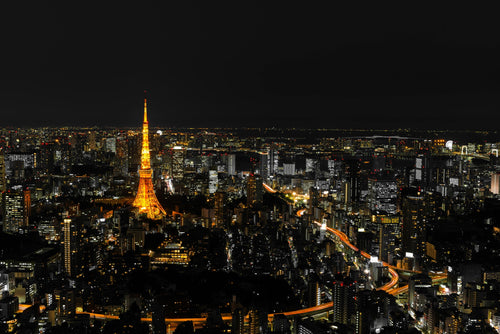
Best Night Tours in Tokyo for After-Dark Adventures
Tokyo’s nightlife is renowned for its energy, vibrancy, and unique blend of traditional and modern experiences. From ...
-
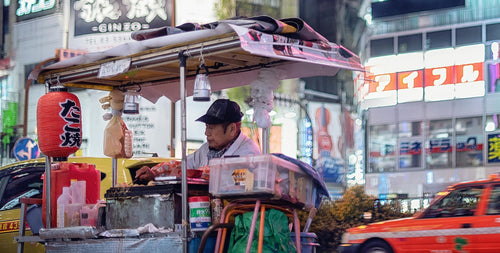
Japan’s Late-Night Food Culture: 8 Best Street Eats
Japan’s late-night food culture is a vibrant experience, especially in bustling cities like Tokyo and Osaka, where de...
-
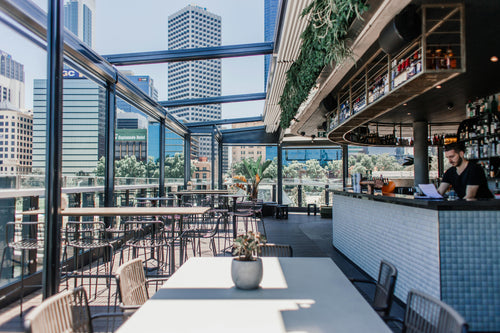
7 Rooftop Bars in Tokyo for Stunning Views
Tokyo’s rooftop bars offer some of the best ways to soak in the city’s skyline while enjoying drinks, atmosphere, and...
-
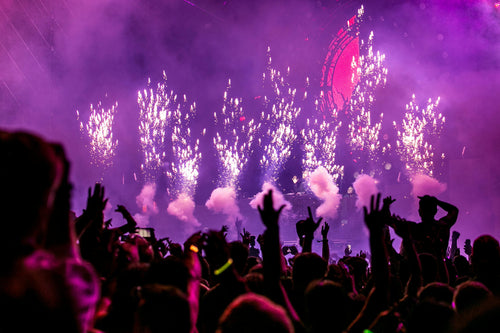
10 Best Nightclubs in Tokyo for Dancing and Music Lovers
Tokyo's nightlife is renowned for its variety and energy, with nightclubs that range from high-energy dance floors to...
-
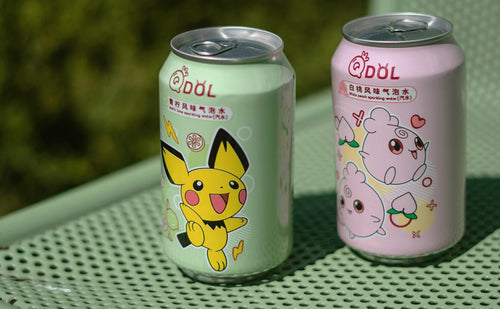
8 Themed Bars and Cafes You Need to Visit in Tokyo
Tokyo is famous for its creative and quirky themed bars and cafes, offering immersive experiences for locals and...
-

Tokyo Nightlife Guide: Shinjuku, Shibuya, and Roppongi Highlights
Tokyo’s nightlife is legendary, offering a mix of vibrant energy, entertainment, and unique experiences in some of it...
-
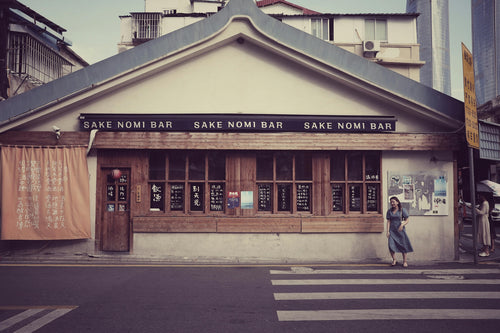
7 Best Japanese Sake Bars in Tokyo
Tokyo is home to some of Japan’s best sake bars, offering both locals and visitors an opportunity to explore the...
-
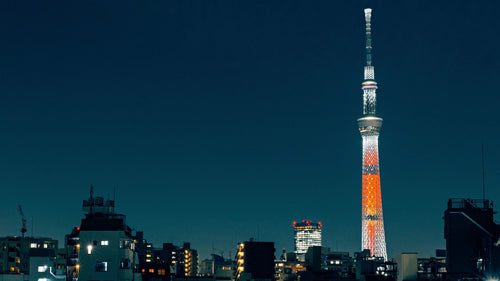
Top 6 Observation Decks in Tokyo for Scenic Views
Tokyo’s observation decks offer some of the best panoramic views of the city, giving visitors a chance to see th...
-
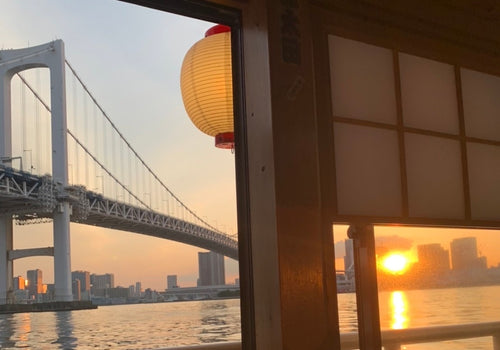
Night Cruises in Tokyo: Enjoy the City Views
Tokyo’s skyline is mesmerizing at any time, but experiencing it from the water on a night cruise adds a magical ...
-
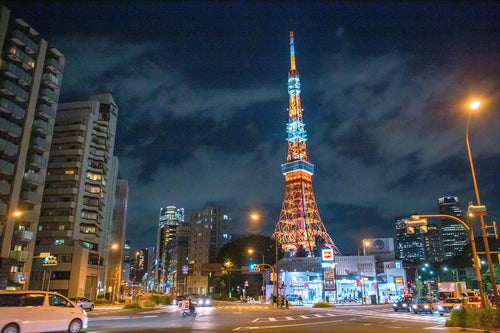
Roppongi Art and Nightlife Guide
Roppongi is one of Tokyo’s most vibrant districts, known for its lively nightlife, sophisticated art scene, and ...
-
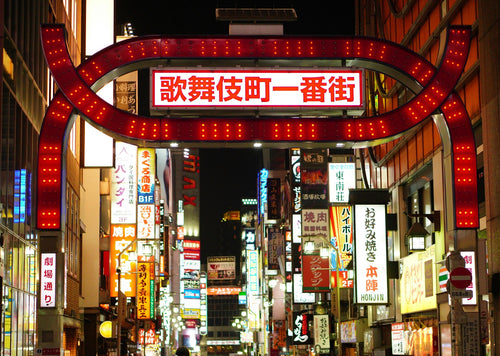
Nightlife Guide to Shinjuku Kabukicho
Shinjuku’s Kabukicho district, known as Tokyo’s “Sleepless Town,” is the center of nightlife in Tokyo. Renowned ...
-
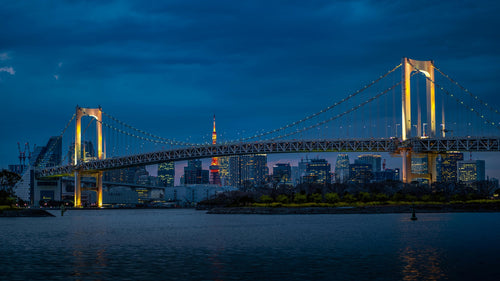
6 Best Night View Spots in Tokyo
Tokyo at night is a breathtaking spectacle, with illuminated skyscrapers, iconic landmarks, and bustling streets that...
-
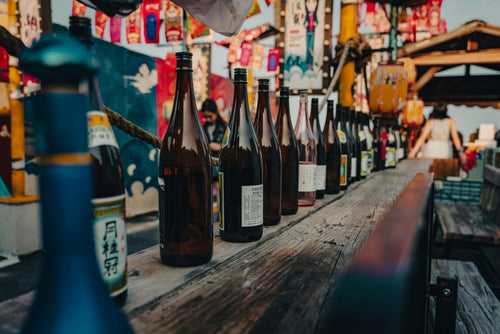
Top 12 Sake Breweries in Japan for Tasting and Tours
Japan’s sake culture is celebrated around the world for its depth, complexity, and rich history. Sake, or nihons...
-
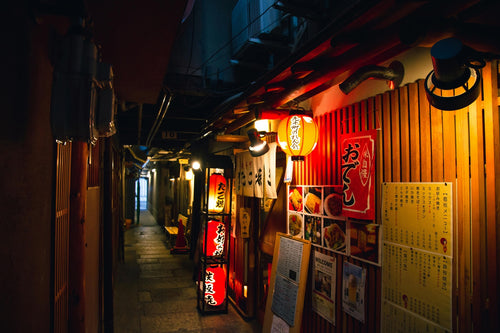
How to Enjoy a Night at a Japanese Izakaya
Japanese izakayas are casual, lively spots where locals gather after work to enjoy drinks, share small plates, a...
-

Exploring Karaoke Culture in Japan: 8 Best Places to Sing
Karaoke is an integral part of Japanese culture, offering a fun and entertaining way for friends, family, and even co...
-
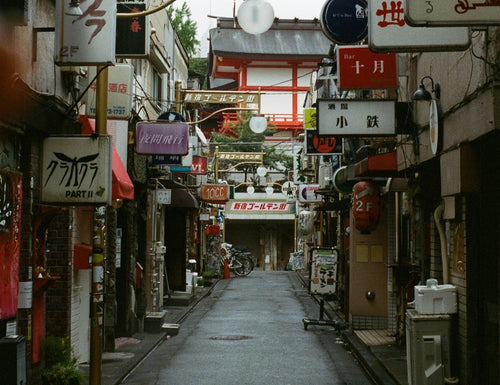
5 recommended bars in Golden Gai
Golden Gai, nestled in the heart of Tokyo’s Shinjuku district, is one of the city’s most iconic bar districts. Known ...
-
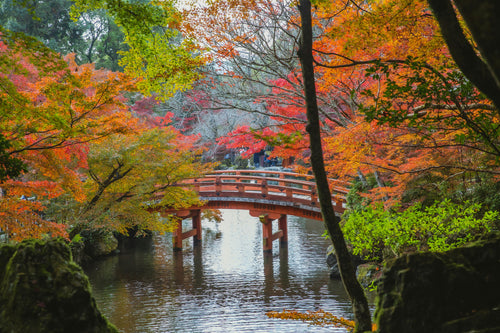
10 Japanese Gardens You Should Visit for Tranquility
Japanese gardens are renowned for their beauty, tranquility, and intricate designs that reflect harmony with nature. ...
-
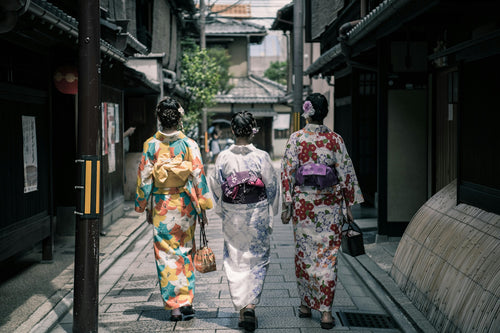
Japan’s Kimono Heritage: Symbolism, Style, and Where to See
The kimono, Japan’s traditional garment, is a beautiful and symbolic representation of Japanese culture. From its int...
-
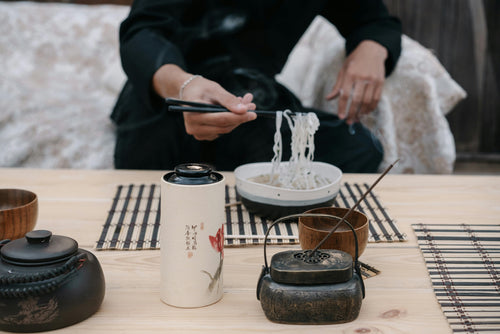
Etiquette Essentials for Visitors to Japan
Japan’s culture is rich in respect, politeness, and consideration, making etiquette an essential part of daily l...
-
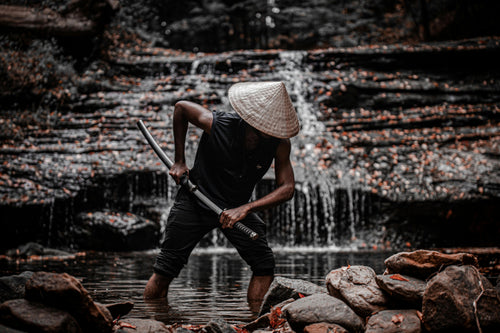
7 Best Places to Discover Japan’s Samurai History
Japan’s samurai history is one of honor, skill, and deep cultural influence, stretching back centuries and leaving an...
-
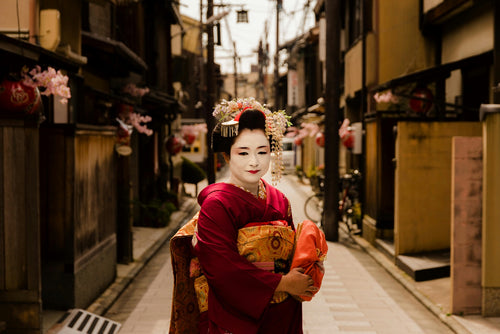
Geisha Culture in Japan: Myths and Realities
The world of geisha, Japan’s skilled performers and keepers of traditional arts, has long intrigued people around th...
-
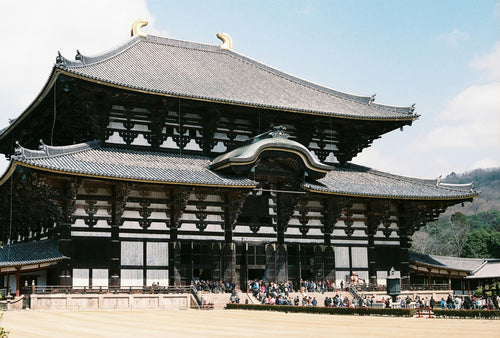
Japan’s Unique Architecture: Top 8 Traditional and Modern Landmarks
Japan is renowned for its unique blend of ancient architectural heritage and cutting-edge modern designs. From c...
-
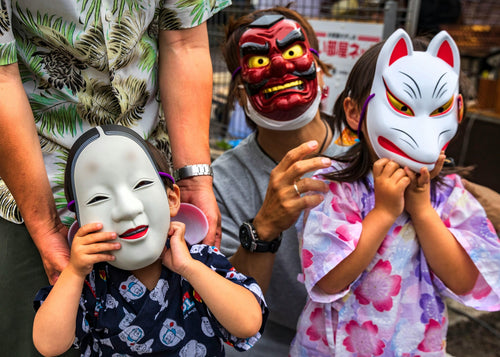
10 Traditional Japanese Festivals (Matsuri) You Can’t Miss
Japanese festivals, or *matsuri*, are vibrant celebrations of cultural heritage, featuring elaborate costumes, l...
-
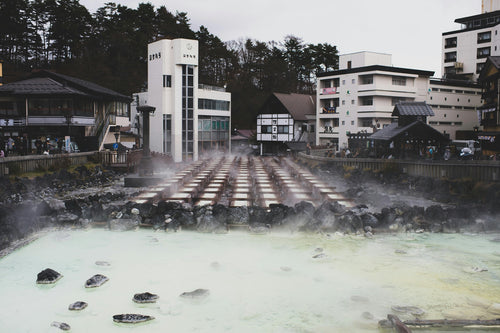
Japan’s Three Great Onsen: A Guide to Famous Hot Springs
Japan is famous for its natural hot springs, or *onsen* (温泉), offering visitors a unique opportunity to relax and rej...
-
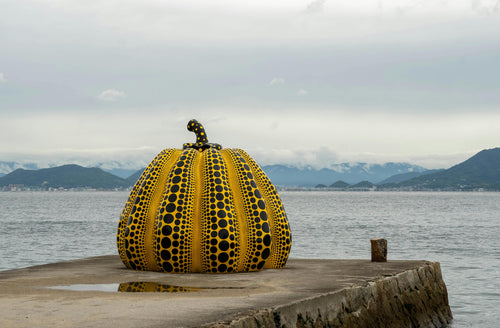
Japanese Art Exploration: Best Spots to Enjoy Art in Japan
Japan is a country rich in artistic heritage, from centuries-old traditional crafts to modern, innovative instal...
-

Guide to Japan’s Fireworks Festivals: When and Where to Go
Japan’s summer fireworks festivals, known as "hanabi taikai" (花火大会), are among the most anticipated events in th...
-
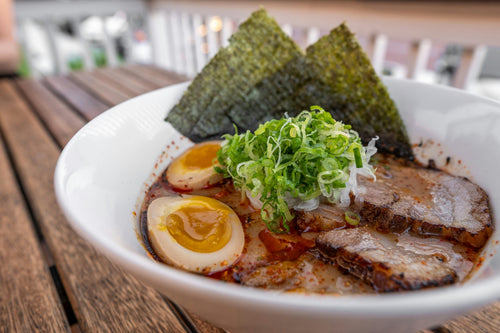
Where to Experience Ramen-Making Classes in Japan
Ramen is one of Japan’s most beloved dishes, with countless regional styles and flavors that attract food lovers from...
-
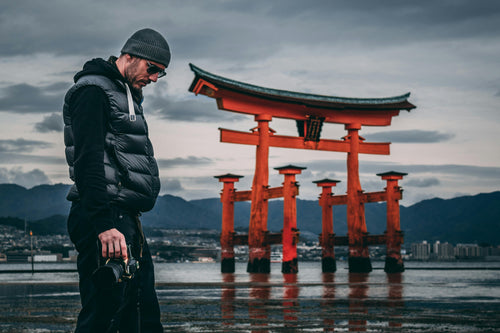
Power Spot Tours: Japan’s Famous Temples and Shrines
Japan is a land steeped in spiritual history, and visiting its temples and shrines provides not only a glimpse i...
-
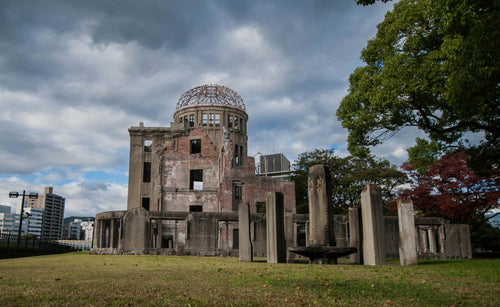
UNESCO World Heritage Site Tour Guide in Japan
Japan is home to numerous UNESCO World Heritage Sites, each offering a glimpse into the country’s rich cultural herit...
-
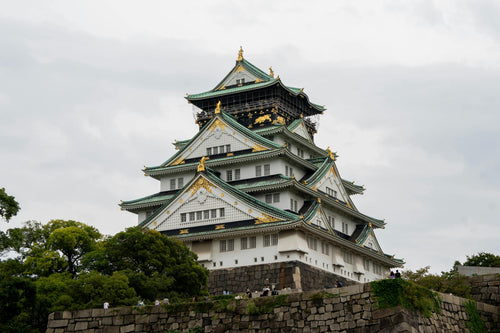
5 Famous Japanese Castles: History and Highlights
Japan is home to some of the most beautiful and historically significant castles in the world. Built during the feuda...
-
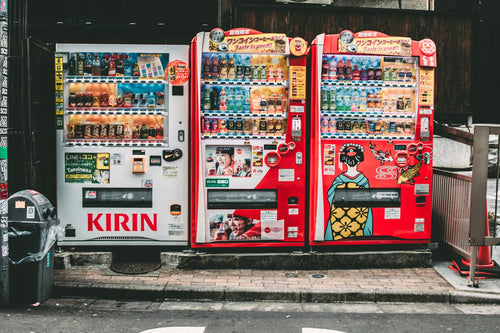
10 Unique Drinks to Try from Japanese Vending Machines
Japan is famous for its vending machines, offering an incredible variety of drinks that go beyond just soft drinks an...
-
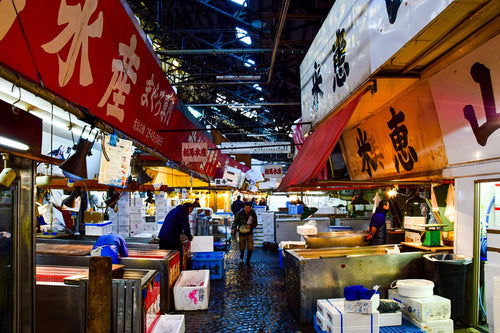
Tokyo Market Guide: Exploring Tsukiji and Toyosu Markets
Tokyo's Tsukiji and Toyosu Markets are must-visit spots for food lovers and anyone interested in Japan’s rich culinar...
-
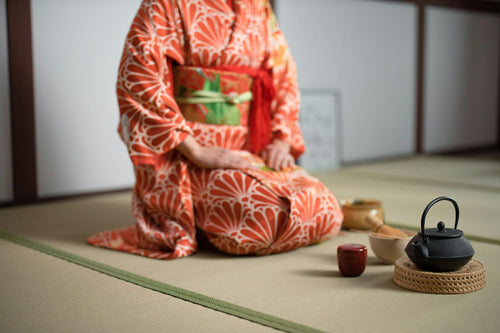
Experiencing Traditional Tea Ceremony in Tokyo
The Japanese tea ceremony, or "chanoyu," is a cultural experience steeped in tradition, aesthetics, and mindfulness....
-
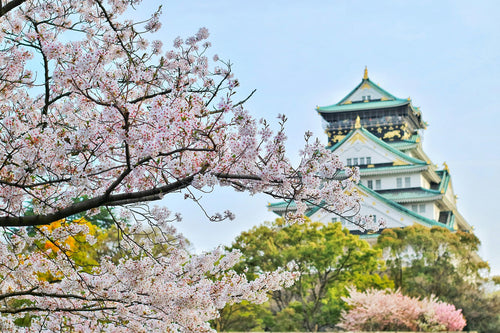
Top 7 Cherry Blossom Viewing Locations in Tokyo
Springtime in Tokyo is synonymous with the cherry blossom season, a breathtaking period when the city’s parks, rivers...
-
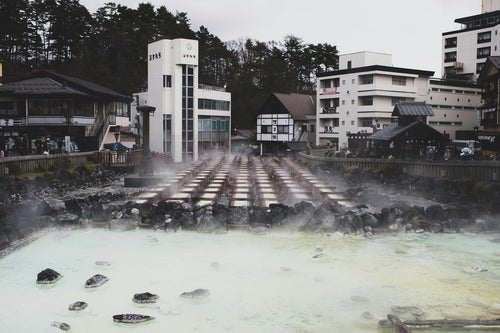
What is Onsen? A Guide to History, Benefits, and Etiquette
Onsen, Japan’s cherished hot spring culture, offers a unique blend of relaxation, scenic beauty, and deep-rooted trad...
-
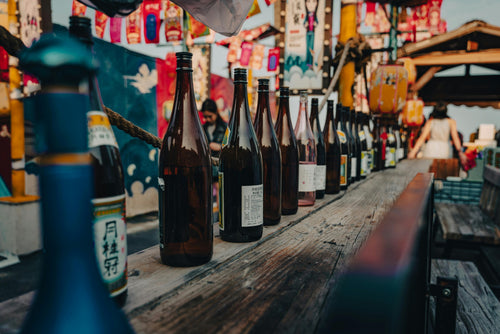
What is Sake? Its Production Method and History
Sake is a traditional Japanese alcoholic beverage made from fermented rice. It has been enjoyed in Japan for over a t...
-
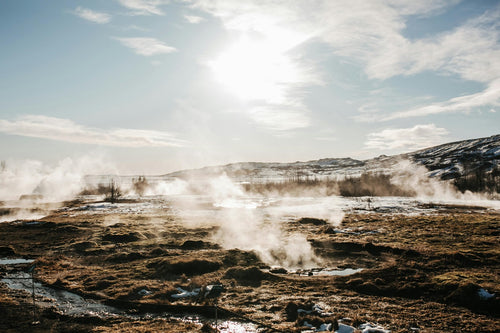
8 hot springs with beautiful scenery near Tokyo
Tokyo is a bustling metropolis, but just outside the city are some of Japan's most serene hot springs, or onsens, off...
-
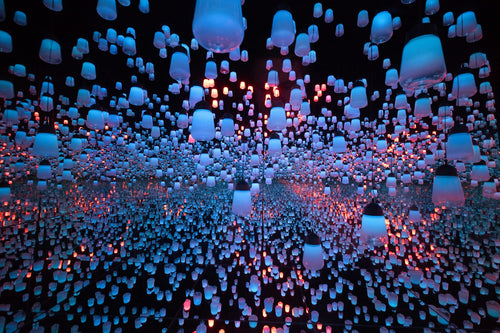
Top 10 museum to visit in Tokyo
Tokyo is home to a diverse range of museums that cater to all interests, from art and history to technology and pop c...
-
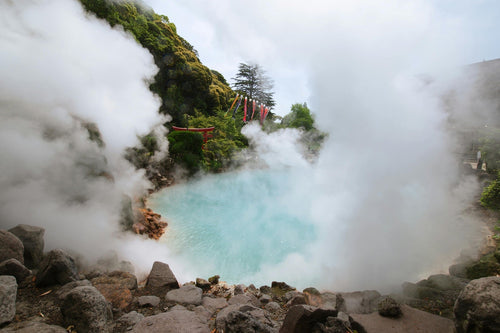
9 Best Hot Spring and Bathhouse in Tokyo
Tokyo is known for its vibrant urban energy, but it's also a fantastic place to relax and rejuvenate in hot springs (...
-
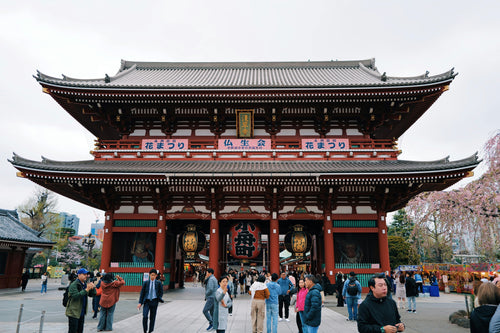
15 Famous Temples and Shrines to Visit near Tokyo
Tokyo and its surrounding areas are home to many famous temples and shrines that showcase Japan's rich spiritual and ...










































